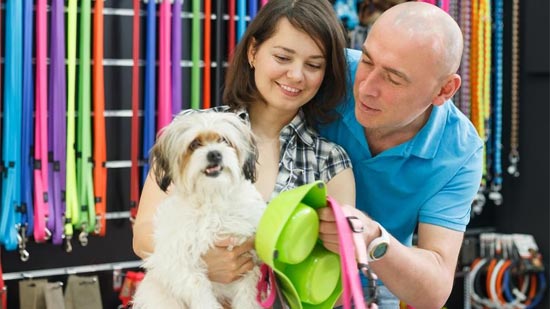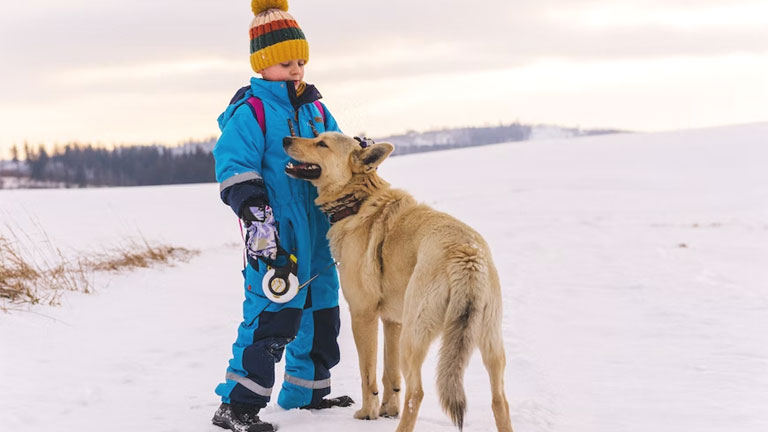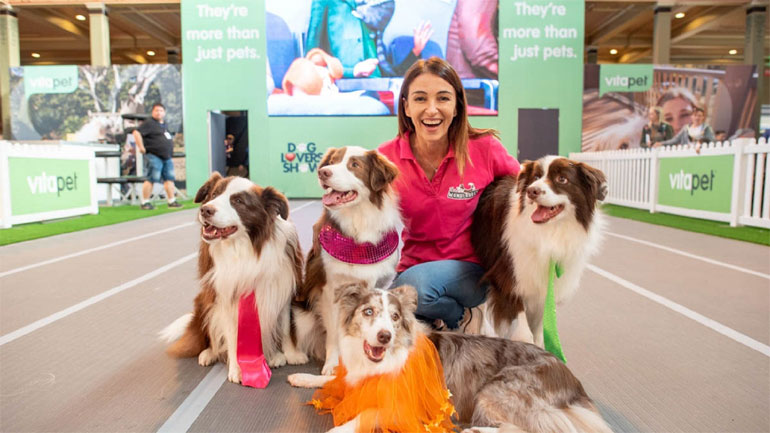
Adopting a furry little canine as a new member of the family can be quite an exciting development at home. However, there’s no denying that it comes with a few challenges.
Young dogs require much attention and teaching. There’s a lot you need to do to house-break them and ensure their happiness while helping them develop into well-behaved pets.
Before all the fun activities with your pup, it’s essential to prepare your household first for its arrival. It needs a comfortable place to sleep in and eat. Likewise, it would be best if you already have a variety of dog accessories and care products to ensure its health.
Vets also recommend researching common puppy behaviours that are known to lead to chaos at home, such as chewing on furniture and appliances and marking their territory.
To stage your house and home life properly for your new pet, here are some of the best tips to follow.
Tip #1: Clean up
Kill the clutter around your house before the arrival of your puppy. Make sure that everything is in its proper place and as much as possible, tuck away most of your valuable decorations.
As mentioned above, pups have a chewing tendency. If you don’t want your playful puppy to gnaw on things that you don’t want to get damaged, clear your home of clutter and hide your valuable items away.
Tip #2: Cover exposed cords and wires
Again, the puppy chewing on things is a high likelihood, and exposed electrical cords and wires are easy targets. This can lead to serious mishaps and injury on the part of your pup, so make sure to sort this out.
Figure out a way to conceal them so your little canine won’t chew on them. There are cord covers and boxes that you can purchase online, and they are great solutions for tidying up your space, so your home will be safer for your curious and playful pup.
Tip #3: Set up your dog’s space
Create your pup’s sanctuary; a place for it to retreat to when it needs to rest. This designated puppy spot for your home should be spacious enough for your furry little one to play in without getting in the way of others.
Vets advise choosing a well-ventilated area of your home and securing it with a fence or baby gate to help control your pup’s overexcited behaviour. Also, make sure that it has a bed and a few dog toys for entertainment when you leave your dog home alone.
Tip #4: Designate spots for your new pup’s activities
When you’re readying your home for the arrival of a young canine, it helps to already have training in mind. Therefore, identify the different locations in your home and the rest of your property for its activities, such as where it will eat, where it will sleep, where it should relieve itself, and where it will play. This will teach your pup to carry out such activities only in the most appropriate places.
Once you’ve identified these special pet spots, include items that support the said activities.
For example, the meal spot should have your pup’s drinking and food bowl. Its sleeping area, on the other hand, should have a comfy bed and its “security” toys. As for where it should relieve itself, you may want to set out a potty trainer or training pads.
Tip #5: Remove plants that your dog might bite or eat
Curious dogs are inclined to lick and eat things, including plants. Some types of vegetation (herbs, mostly) are good for dogs to eat, but a lot of decorative backyard and houseplants are poisonous. Take the time to identify the kinds of plants that will be easily accessible to your furry little one and see if they are safe to keep around.
Some of the common indoor decorative plants that you should get rid of because they are toxic or poisonous for dogs are aloe vera, elephant’s ear, ivy, devil’s ivy, and lilies.
Tip #6: Invest in a taste-deterrent spray
For appliances and furniture items that you will still be keeping around the house, prep them for the arrival of your little canine by treating them with taste-deterrent spray. This will prevent a young dog’s destructive chewing.
One good natural taste-deterrent spray that pet professionals recommend makes use of bitter apple. Pups hate their taste and will voluntarily stay away from anything that tastes like it.
Tip #7: Create a routine before the pup’s arrival
One of the most effective ways to control young pets’ destructive behaviour is to create a routine right away. This will modify natural tendencies by redirecting energy elsewhere. A routine is a fantastic training strategy for a new pup.
In your routine, the three things that you need to focus on are mealtimes, playtimes, and potty times. You may need to adjust the hours you’ve set for them over time, based on the initial responses of your pup, though.
But, once you’ve accurately identified the right times of the day for these three main activities, you will have a regular routine that will make it easy for you, the other members of the family, and the pup to follow.
Tip #8: Puppy-proof your trash bins
Trash can be fascinating for young canines. Therefore, if you don’t want to deal with unnecessary messes in your home, make sure that your trash bins are puppy-proofed.
The best way to do this is by using trash cans with tightly fitted lids. Also, tuck them away in closets, pantries, or under the sink. If you have a big and strong pup, you may also want to use a child-proof lock to keep it from rummaging through your garbage bin.
Another thing that you can do to keep your new pup away from your trash bins is to empty them as often as possible. The pup will usually not take any interest in an empty bin.
With these tips, hopefully, you’ll be able to avoid a lot of the common issues that come with bringing a new puppy home, and instead, have more fun and much easier time training it as a member of your household.




